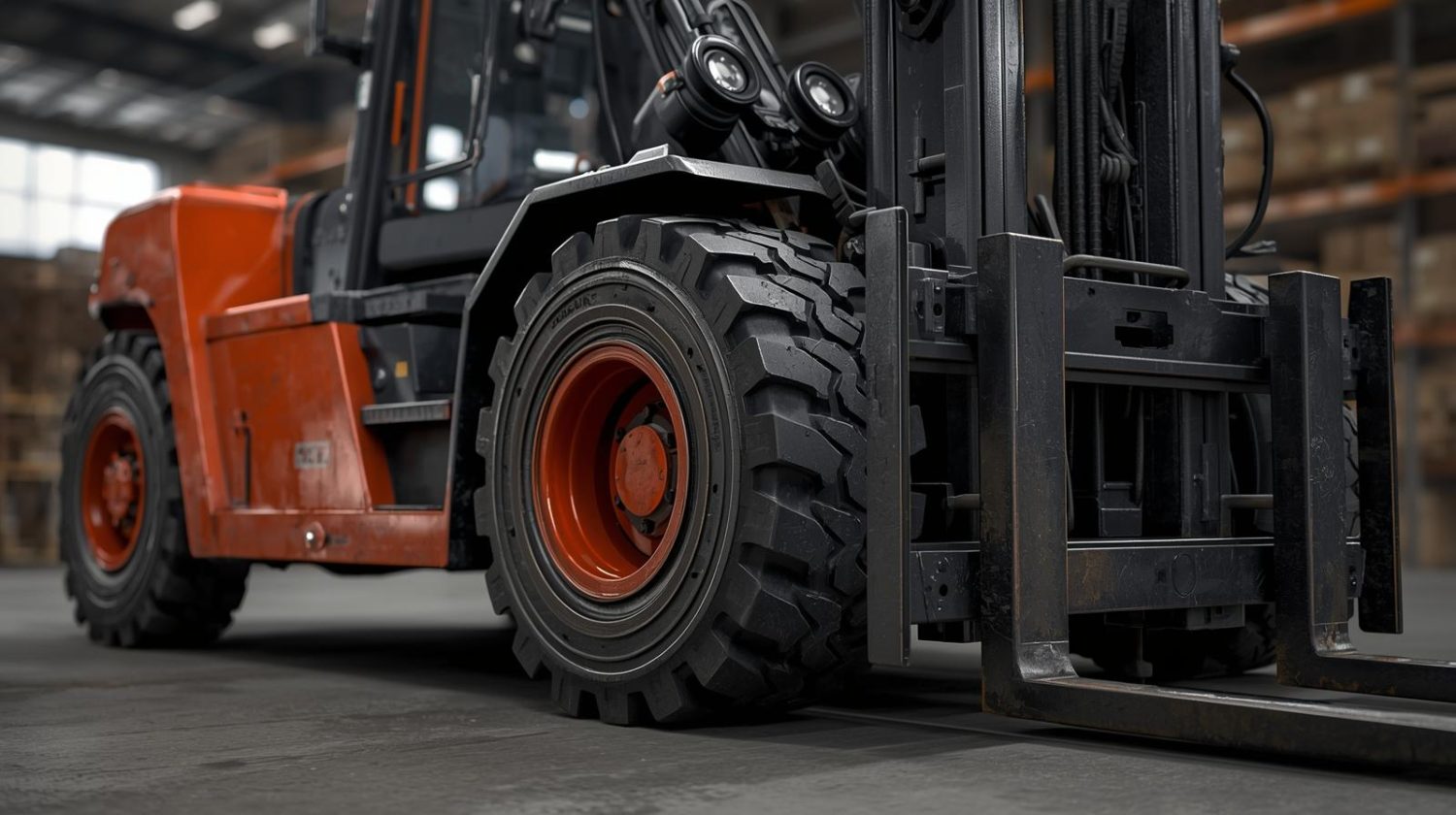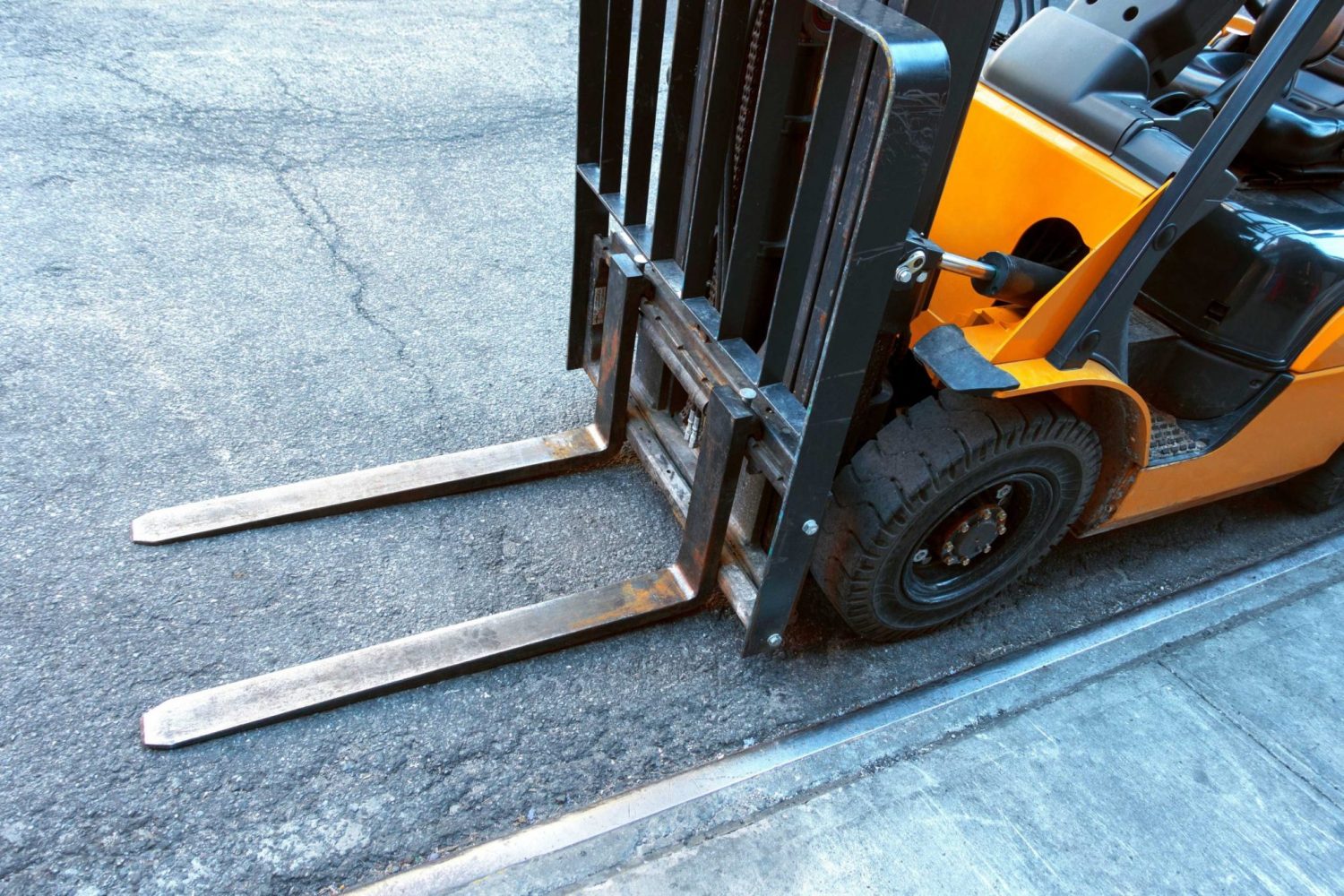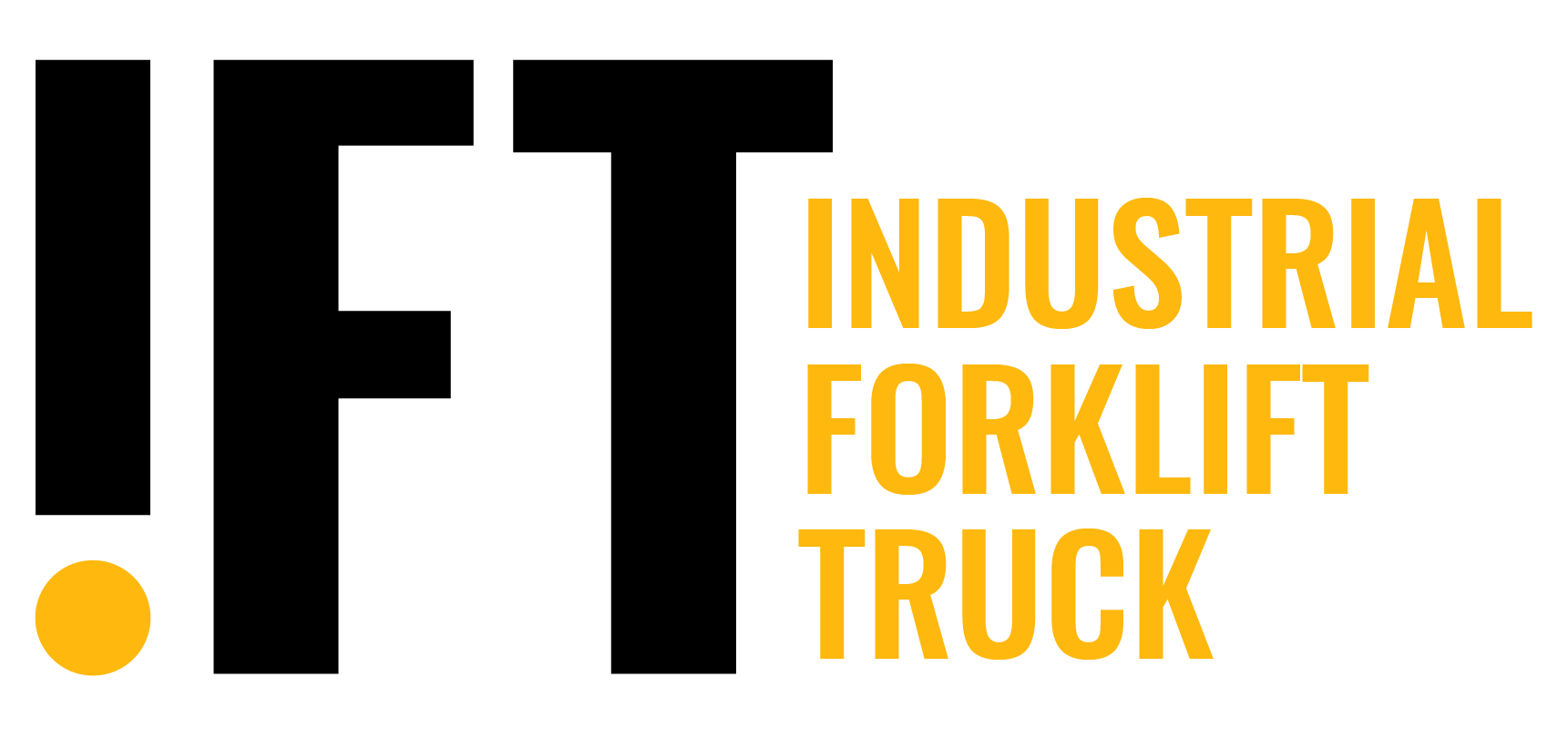Pick your machine type
Let us know what kind of lift you need with a few simple questions
Let us know what kind of lift you need with a few simple questions
See machines available in your region and compare prices
Choose the best deal with confidence
Sit down rider forklifts are powerful material handling machines used in warehouses, distribution centers, and manufacturing plants. Built for long shifts, operator comfort, and moving high volume loads, these forklifts deliver reliability and boost productivity. Use IFT to compare pricing and availability of local dealers selling sit down rider forklifts nationwide.
In addition to improved operator comfort, sit down rider forklifts are highly versatile. Their lift capacity can range from small loads of 1,360 kg to massive loads reaching 5,440 kg.
They are available in 3-wheel, electric models that can navigate narrow indoor aisles, or standard 4-wheel trucks that can be used indoors or outdoors (with the right tires).

Improved Operator Comfort: Ergonomic seating, intuitive controls, and enclosed cabs improve comfort, allowing operators to work longer, safer shifts.
High Lift Capacity: Choose between sit down forklift models that can lift between 1,360 kg and up to 5,440 kg.
Precision Across Different Facilities: Come in 3-wheel models for navigating tight warehouse aisles or 4-wheel designs for moving heavier loads in large facilities.
Performance Reliability Year-Round: Built for heavy-duty operations and dependability in Canadian winters, from -20°C warehouses to icy outdoor yards.
Warehousing & Distribution: Efficient long-distance pallet movement across large facilities.
Retail: Stocking large stores and distribution hubs with precision.
Manufacturing: Heavy material handling and assembly line supply.
Logistics & Ports: Durable pneumatic tire models for yard use.

The type of tires you choose for your forklift make all the difference in its performance. Different tires are designed for different uses. Compare cushion tires vs. pneumatic tires side-by-side to determine which tire type is best for your business:
Cushion tires operate best on smooth, indoor surfaces. They are smaller and have less traction than pneumatic tires, limiting their usage to indoors.
Here are some additional features that make cushion tires better for indoor warehouse jobs:
Cushion tire forklifts costs less upfront and are less expensive to maintain. They are most commonly used in retail, distribution, and indoor manufacturing plants.
Pneumatic tires are built for mixed use work. Unlike cushion tires, pneumatic tires have great traction, giving operators the versatility to use them on rough, uneven terrain or for indoor warehouse jobs.
Here are some other features of pneumatic tire forklifts:
Because of their durability and flexibility to operate indoors and outdoors, pneumatic tire forklift cost more upfront. They are top choices for Construction sites, lumbar yards, and heavy manufacturing.
Choosing the right brand of sit down rider forklift for your job is a key factor to consider before buying. Some brands have a stronger reputation than others in certain industries. Compare the strengths and best-use options for the top 5 sit down rider forklift brands available in Canada to determine which brand can deliver the results you need:
| Brand | Strengths | Power Options | Best For |
|---|---|---|---|
| Toyota | Reliability, leading safety features, strong resale value | LP, Diesel, Electric | All industries |
| Hyster | Rugged, strong reputation in heavy-duty applications | LP, Electric | Outdoor & Heavy Industrial Equipment |
| Yale | Extensive product line, balanced power and efficiency | LP, Diesel, Electric | Distribution & Logistics Centres |
| Crown | Tight turning radius, strong operator ergonomics | Electric | Narrow Aisle Warehouses |
| Raymond | Strong performance in warehousing, energy-efficiency | Electric | Retail, Logistics Operations |
Sit down rider forklift pricing varies based on a range of factors: brand, power source, age, and other specifications. New models are most expensive to buy upfront, but usually come with warranty coverages that reduce maintenance costs over the first few years of its lifetime. The costs of used forklifts are more affordable, but you may risk higher maintenance costs as warranties have likely expired.
| Type | Average Price Range (CAD) | Notes |
|---|---|---|
| New | $30,000–$50,000 | Full warranty coverage, built with the latest tech and safety features |
| Used | $15,000-$40,000 | Always check hours and maintenance records to get the forklift's full history |
| Leased | $350-$1,000 | Monthly payments, usually maintanence obligations are covered in the lease agreement |
Ready to add a new forklift to your fleet? Start comparing free quotes on the top equipment in your area with IFT.
Sit down forklifts are used for a range of material handling jobs. Cushion tire sit-down forklifts are best for indoor warehousing jobs and retail sites, while pneumatic tire models can operate outdoors in construction and lumbar yard or cross docking.
The average lifespan depends on a range of factors, like its use intensity, environment, and upkeep.
Generally, well-maintained sit down forklifts that are only used indoors can last up to 12,000 operating hours or 7 - 10 years. Mixed-use forklifts that operate indoors and outdoors have a slightly lower lifespan. They last between 8,000 - 10,000 hours or 5 - 7 years. Forklifts that are used solely for heavy-duty applications in hard weather may only last between 5,000 - 7,000 hours or 3 -5 years.
Toyota, Hyster, Yale, Crown, and Raymond are among the most trusted brands.
Electric cushion tire forklifts are best for indoor Canadian warehouses due to zero emissions, quiet operation, and compact turning radius. Propane models are also popular for mixed indoor/outdoor use.
Electric forklifts are powered by a rechargeable battery, eliminating harmful emissions during operation. They are popular in Canadian warehouses and distribution sites, retail and food storange, and logistics plants.
Propane forklift models are powered by liquid propane. They can be used indoors in facilities with good ventilation, but they're most ideal in mixed use facilities because they're rugged. They can operate with consistent power for longer periods of time when used outdoors, which makes them popular across ports, manufacturing and assembly plants, construction and material yards, and in agriculture.
